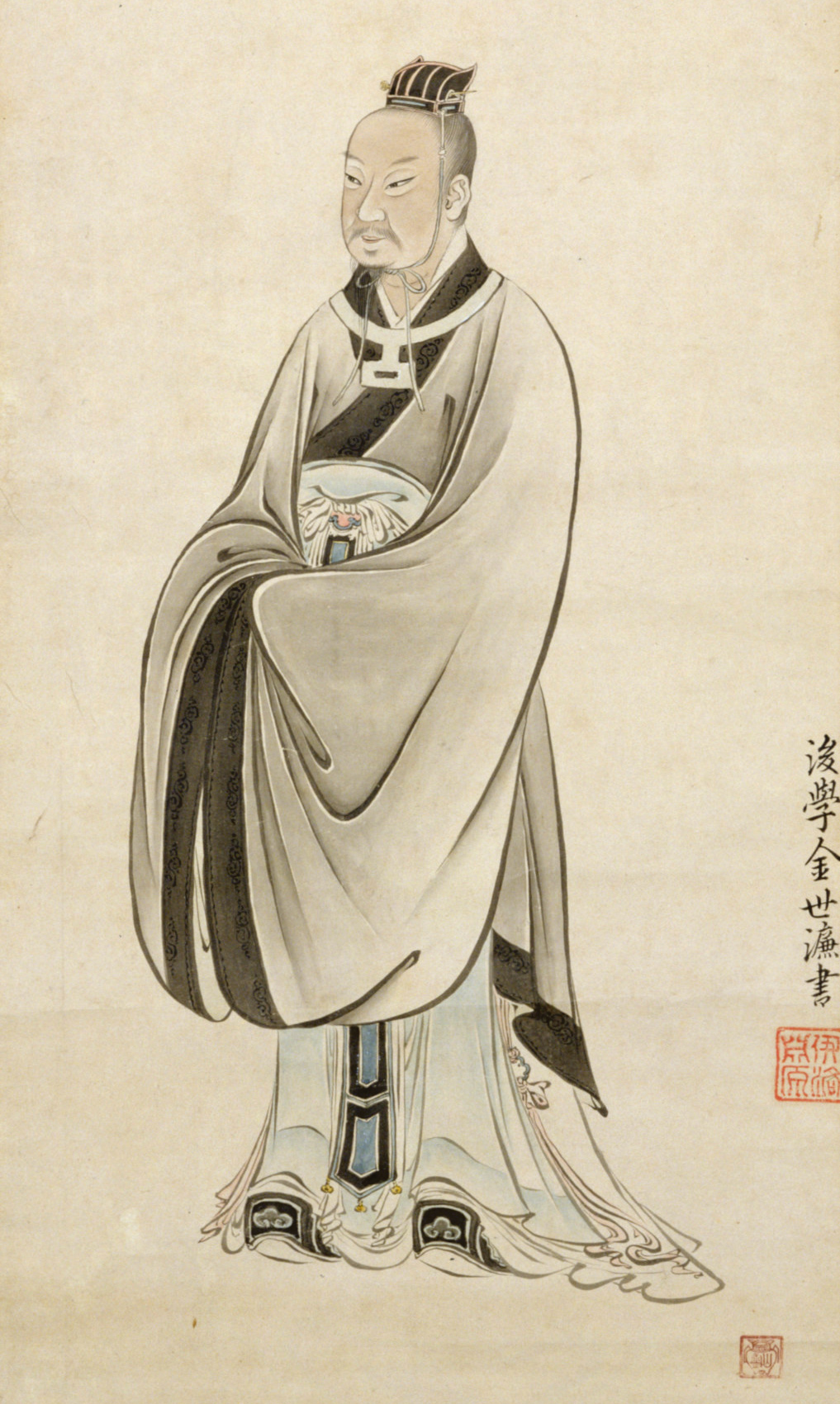|
Temple Of Literature, Hanoi
Văn Miếu (Vietnamese: ''Văn Miếu'', Hán tự: 文廟) is a temple dedicated to Confucius in Hanoi, northern Vietnam. The temple also hosts the Imperial Academy (, ), Vietnam's first national university. The temple was built in 1070 at the time of Emperor Lý Thánh Tông. It is one of several temples in Vietnam which is dedicated to Confucius, sages and scholars. The temple is located to the south of the Imperial Citadel of Thăng Long. The various pavilions, halls, statues and stelae of doctors are places where offering ceremonies, study sessions and the strict exams of the Đại Việt took place. The temple is featured on the back of the 100,000 Vietnamese đồng banknote. Just before the Vietnamese New Year celebration Tết, calligraphists will assemble outside the temple and write wishes in Chữ Hán. The art works are given away as gifts or are used as home decorations for special occasions. History The temple was built in 1070 and was reconstructed during ... [...More Info...] [...Related Items...] OR: [Wikipedia] [Google] [Baidu] |
Confucianism
Confucianism, also known as Ruism or Ru classicism, is a system of thought and behavior originating in ancient China. Variously described as tradition, a philosophy, a religion, a humanistic or rationalistic religion, a way of governing, or a way of life, Confucianism developed from what was later called the Hundred Schools of Thought from the teachings of the Chinese philosopher Confucius (551–479 BCE). Confucius considered himself a transmitter of cultural values inherited from the Xia (c. 2070–1600 BCE), Shang (c. 1600–1046 BCE) and Western Zhou dynasties (c. 1046–771 BCE). Confucianism was suppressed during the Legalist and autocratic Qin dynasty (221–206 BCE), but survived. During the Han dynasty (206 BCE–220 CE), Confucian approaches edged out the "proto-Taoist" Huang–Lao as the official ideology, while the emperors mixed both with the realist techniques of Legalism. A Confucian revival began during the Tang dynasty (618–907 CE). In the late ... [...More Info...] [...Related Items...] OR: [Wikipedia] [Google] [Baidu] |
Yan Hui
Yan Hui (–481 BC) was a Chinese philosopher. He was the favorite disciple of Confucius and one of the most revered figures of Confucianism. He is venerated in Confucian temples as one of the Four Sages. Names Yan Hui is also known by his courtesy name Ziyuan and as Yan Yuan, a combination of his surname and courtesy name. He is also reverently referred to as Master Yan or Yanzi. Life Yan Hui was a native of the state of Lu. His father Yan Wuyou (Yan Lu) was one of the earliest disciples of Confucius. Yan Hui was about 30 years younger than Confucius, and became a student of the Master at a young age. Yan Hui was Confucius' favorite disciple. "After I got Yan Hui," Confucius remarked, "the disciples came closer to me." We are told that once, when he found himself on the Nang hill with Yan Hui, Zilu, and Zigong, Confucius asked them to tell him their different aims, and he would choose between them. Zilu began, and when he had done, the master said, "It marks your brave ... [...More Info...] [...Related Items...] OR: [Wikipedia] [Google] [Baidu] |
École Française D'Extrême-Orient
The French School of the Far East (french: École française d'Extrême-Orient, ), abbreviated EFEO, is an associated college of PSL University dedicated to the study of Asian societies. It was founded in 1900 with headquarters in Hanoi in what was then French Indochina. After the independence of Vietnam, its headquarters were transferred to Phnom Penh in 1957 and subsequently to Paris in 1975. Its main fields of research are archaeology, philology and the study of modern Asian societies. Since 1907, the EFEO has been in charge of conservation work at the archeological site of Angkor. EFEO romanization system A romanization system for Mandarin was developed by the EFEO. It shares a few similarities with Wade-Giles and Hanyu Pinyin. In modern times, it has been superseded by Hanyu Pinyin. The differences between the three romanization systems are shown in the following table: Directors *1900: Louis Finot *1905: Alfred Foucher *1908: Claude-Eugène Maitre *1920: Lou ... [...More Info...] [...Related Items...] OR: [Wikipedia] [Google] [Baidu] |
Saint Paul Hospital (Hanoi)
The Saint Paul General Hospital is a large multi-field medical complex in the central district of Ba Đình, Hanoi, the capital of Vietnam. The hospital was founded in about 1902 during the French colonial rule in Indochina (19-th - early 20-th centuries). As the root of its name, it is used to be the largest Hôtel-Dieu in the Indochina, administered by the Archdiocese of Hanoi. History The hospital is one of the main medical establishments in Hanoi for serving those, who suffered from traffic and other accidents, and people with external trauma. According to "The Project for Improvement of Capacity in Saint Paul Hospital" within the framework of grass-roots grant assistance of the Government of Japan, in 2007 the facility received US$84,954 for buying equipment for monitoring (1 piece), ventilator (2 pieces) and electrocardiography (1 piece), which are necessary for first-aid and critical trauma patients. In 2001, it has been helped by the United States non-governmental org ... [...More Info...] [...Related Items...] OR: [Wikipedia] [Google] [Baidu] |



